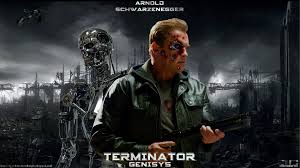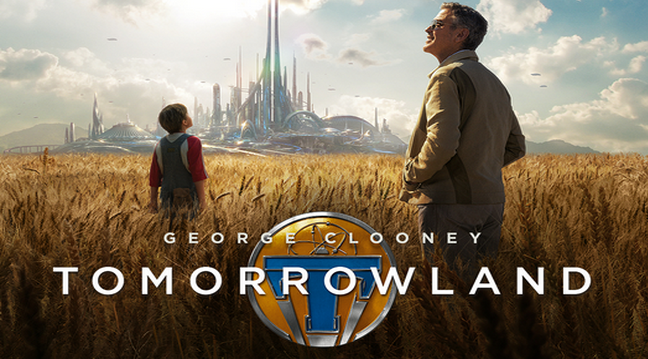Self/Less
Posted on July 9, 2015 at 5:08 pm
B| Lowest Recommended Age: | High School |
| MPAA Rating: | Rated PG-13 for sequences of violence, some sexuality, and language |
| Profanity: | Some strong language |
| Alcohol/ Drugs: | Drinking |
| Violence/ Scariness: | Perils and violence, intense themes of encouraging people to die so that wealth people can live longer |
| Diversity Issues: | Diverse characters |
| Date Released to Theaters: | July 10, 2015 |

The longing for eternal life has inspired many stories, maybe most of them. What is creating a story itself if not a kind of search for immortality? Anne Rice created her series of books about vampires because the death of her young child made her imagine characters who would not die. The story of Orpheus and Eurydice, with a man entering Hades to bring back woman he loves, has been told in many forms, last year in the animated film “The Book of Life.” This year alone, films like “Ex Machina,” “Terminator Genisys,” “The Age of Adaline,” “The Moon and the Sun,” and this film, “Self/Less” are just some of the films that explore the idea of a consciousness that can survive a human lifespan.
In this case, there is a very rich man, still, near death, relishing the chance to demolish a young, ambitious competitor in as public and humiliating a fashion as he can devise. His name is Damian (Sir Ben Kingsley), and he lives in a Manhattan apartment of an opulence so gaudy it would make Marie Antoinette blush. Everything is covered in gold or marble except for the bubbling indoor fountain and the window with a view of Central Park. Damian has money and power. He also has a community activist daughter (“Downton Abbey’s” Michelle Dockery), presumably trying to prevent everything he is building, who is not speaking to him. He has a furious will to live, but his body is dying.
And then he gets a card with a phone number and a message that this could help. The impeccably elegant Dr. Albright (Matthew Goode of “The Good Wife” with his authentic British accent) offers a very pricy special service. For a quarter of a billion dollars, he will transfer a dying person’s consciousness to a fresh, new body. And for that amount, you can bet it will be top quality. Damian is going to come out of this process looking like Ryan Reynolds.
That’s pretty much like getting the keys to a Lamborghini. So, of course first of all, Damian wants to take it out for a wild test drive, in the greatest city in America for living it up, New Orleans. We have almost as much fun as Damian does because director Tarsem Singh has a flair for striking, kinetic visuals and dynamic edits that make this part of the movie so vibrant we can feel the testosterone and adrenaline — and whatever other drug Dr. Albright is giving him — pounding through his system.
But Damien starts getting flashes of images and people he does not recognize. Are they hallucinations? Or are the memories of that handsome body breaking through? And if the memories can seep through into Damian’s consciousness, can the personality, the spirit, the feelings, the skills be there, too?
Singh is big on visuals but not much on storylines (“The Cell,” “The Fall,” “Mirror Mirror”). So, while this has more story than his previous films, it is still less than we are entitled to expect. You would have to be as impaired as Damian not to figure out what is happening, or to believe everything Dr. Albright says. But there are some nice twists, and some good fight scenes (Damian’s new body has mad skillz). And somewhere in there are some provocative concepts about life, death, memory, identity, and, well, karma.
Parents should know that this film has some violence, including shoot-outs, with characters injured and killed, and some disturbing themes about re-animating corpses and wiping memories. There are sexual references and situations, drinking, drugs, and some strong words.
Family discussion: Why does what Damian learns about the body make him think differently about what he has done? Who should decide how scientific discoveries like these are applied?
If you like this, try: some other films on this theme including “Seconds” with Rock Hudson, “Never Let Me Go” with Keira Knightley, and “All of Me” with Steve Martin and Lily Tomlin, and a very funny brief segment in the Woody Allen film, “Stardust Memories”





